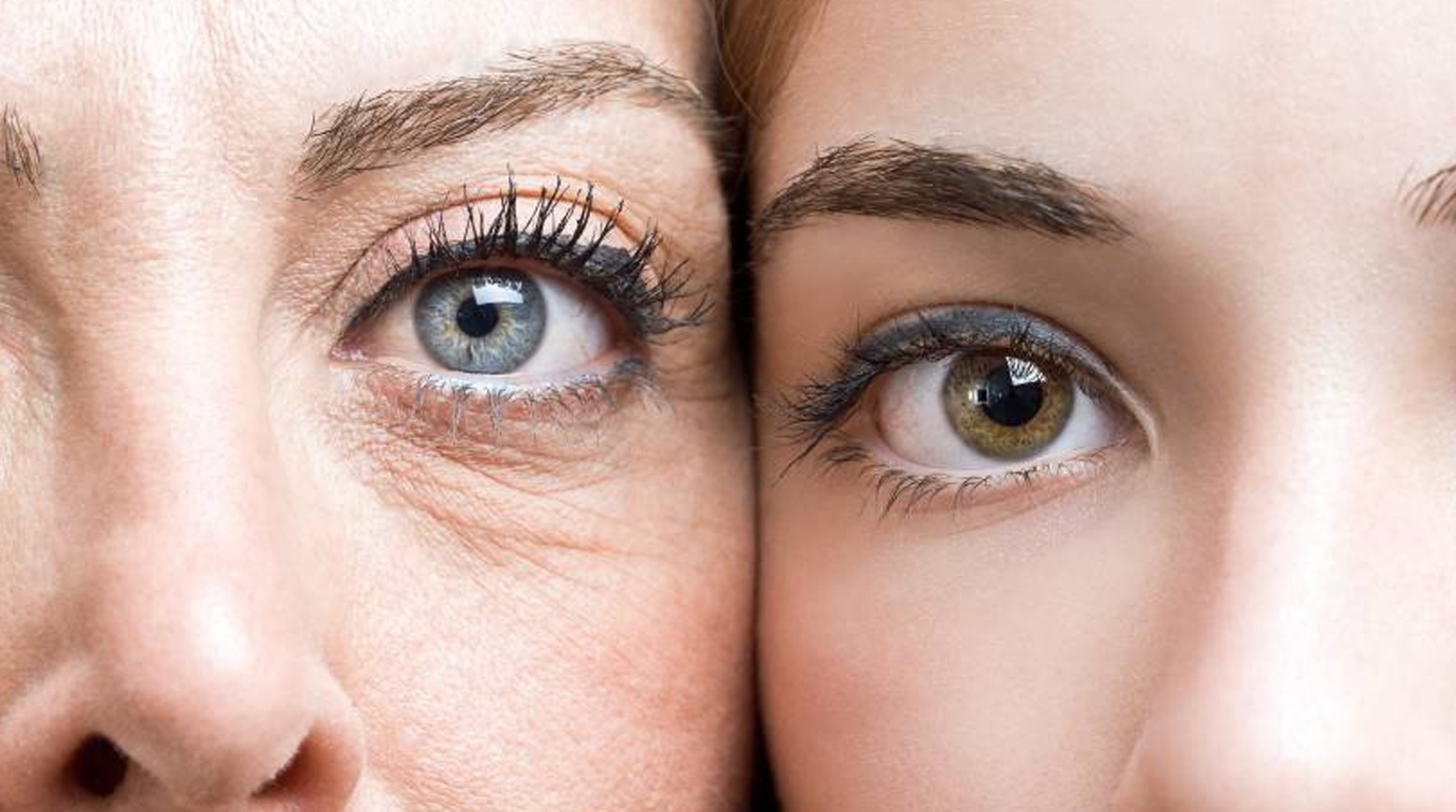
Introduction
As we grow older, our eyes might not show any signs of aging aesthetically, however, the same cannot be said for their functionality. Typically, as we reach our early 40s, our eyes will start deteriorating and stop operating like they once did.
Doctors recommend regular eye exams as the very best way to avoid vision problems. These exams will bring awareness of certain warning signs also can that need appropriate steps to be taken for maintaining your eyesight, particularly if vision symptoms occur suddenly.
Symptoms
Some of the signs and symptoms that are seen in patients with aging eyes are:
- Presence of lots of spots and floaters in the field of vision
- A sensation of a dark screen settling across the field of view
- Sudden eye pain, redness, nausea, and vomiting
- Double vision, double images or ghost images
- Sudden, blurry vision in one eye.
- A narrowing of the field of view.
- A gradual loss of central vision
- Cloudy and blurred eyesight
- Blind spots in your field of view
- Scratchy or irritated sensation
Aging Eye Conditions
Some of the common conditions that are found in patients with aging eyes are:
- Presbyopia is when the patient can’t see close objects or small print clearly. It is usually corrected with reading glasses and contacts.
- Floaters are tiny spots or specks drifting across the field of vision. If they are seen with flashes of light, the retina might be detached from the back of the eye.
- Dry eyes usually occur when the tear glands can’t make enough tears or produce low-quality tears. A humidifier in your home or special eye drops that simulate tears might be recommended. For severe cases, the doctors treat them with tear duct plugs, prescription eye drops or even surgery.
- Cataracts are cloudy areas covering either the entire or part of the lens of your eye. The doctor can remove them with surgery and replace the lens with an artificial one.
- Glaucoma is a disease that affects the eye's optic nerve. Doctors might treat it with prescription eye drops, oral medications or even surgery.
- Retinal disorders affect the thin lining on the back of the eye. Early diagnosis and treatment will help in preserving the vision.
- Conjunctivitis occurs when the tissue covering the eye gets inflamed.
- Corneal disease affects the clear, dome-shaped window at the front of the eye. The doctor might recommend adjusting the glasses, prescribe medicated eye drops, or suggest surgery.


